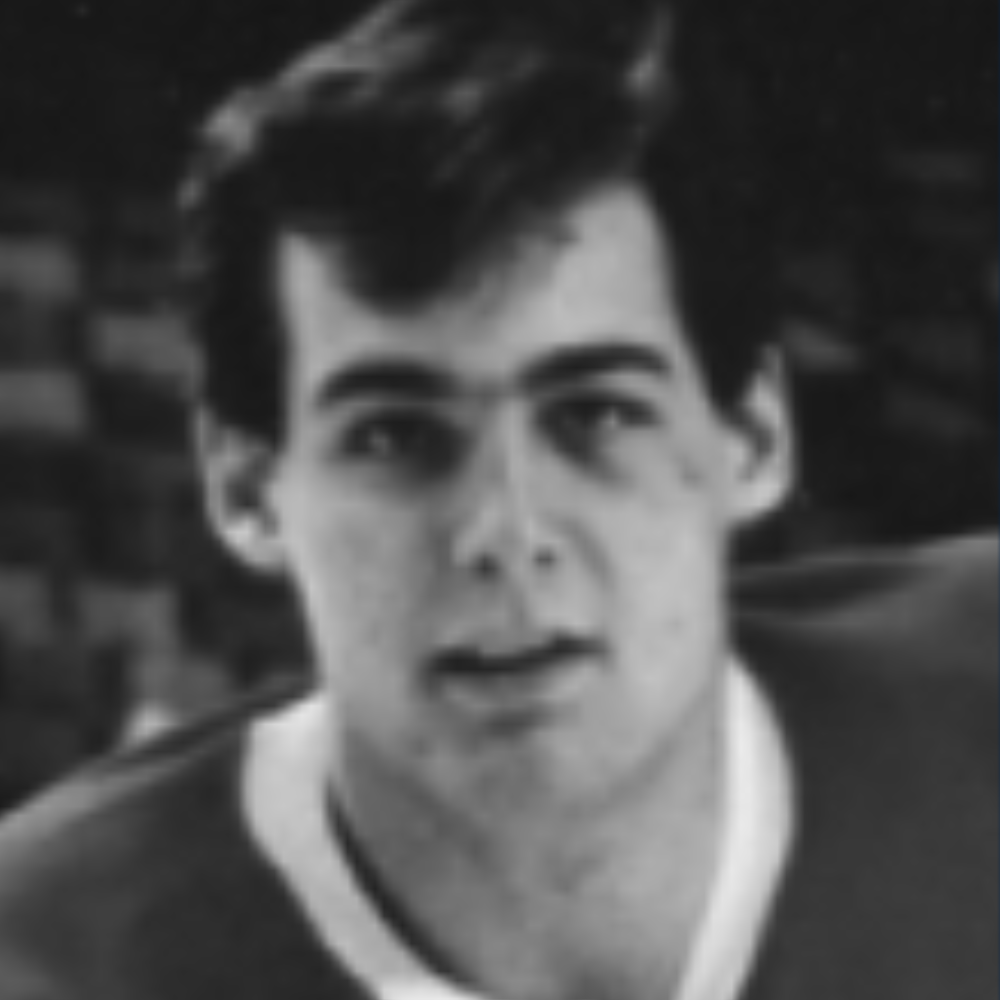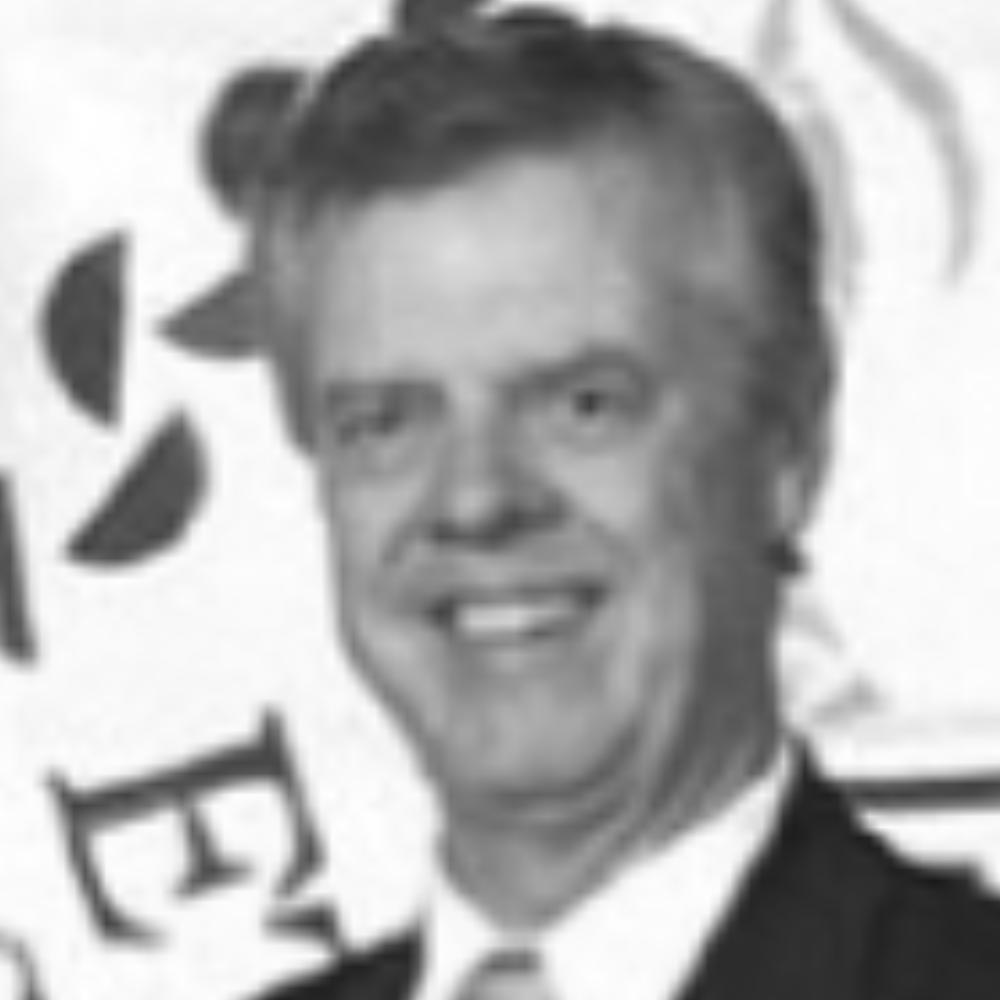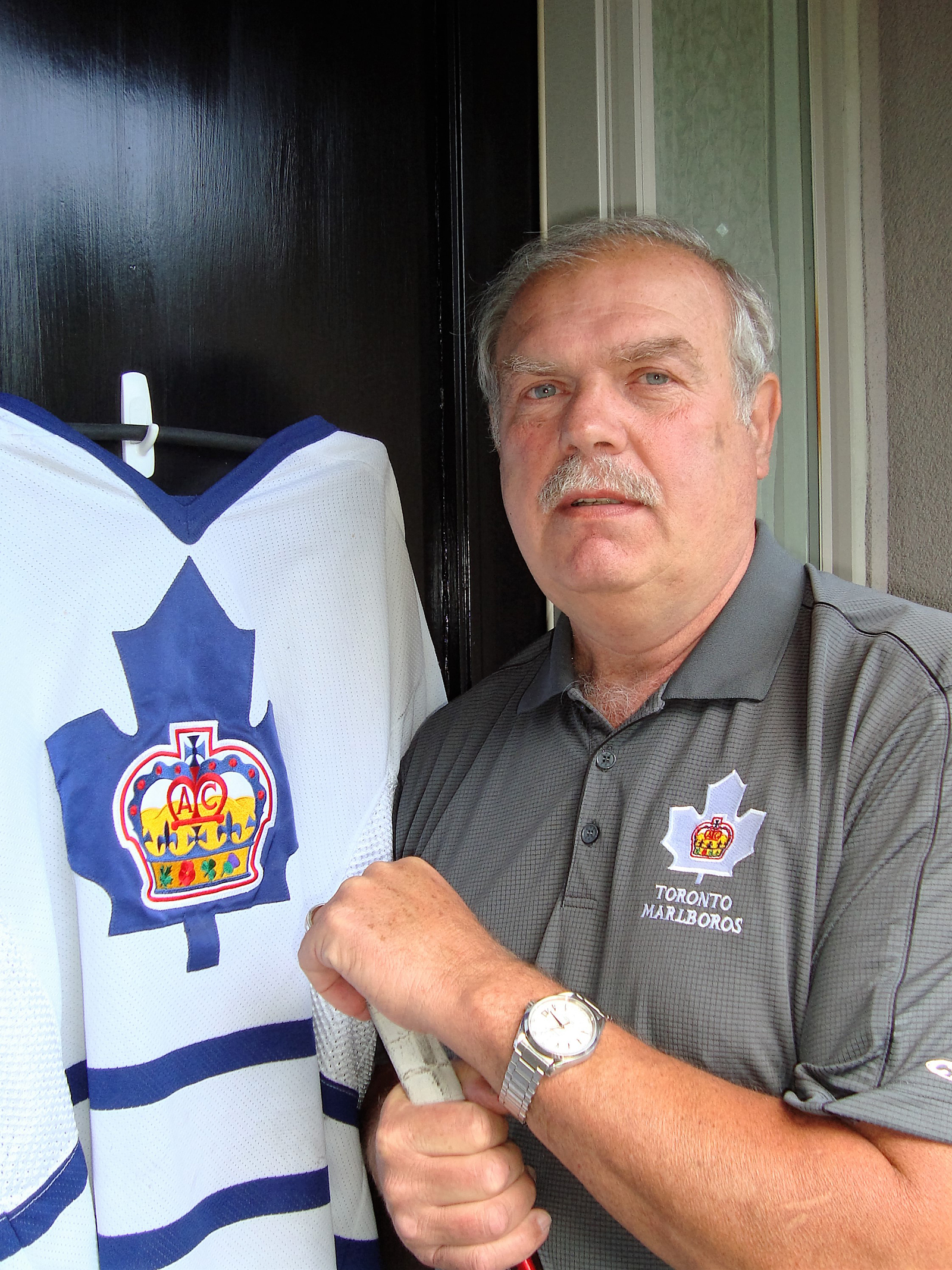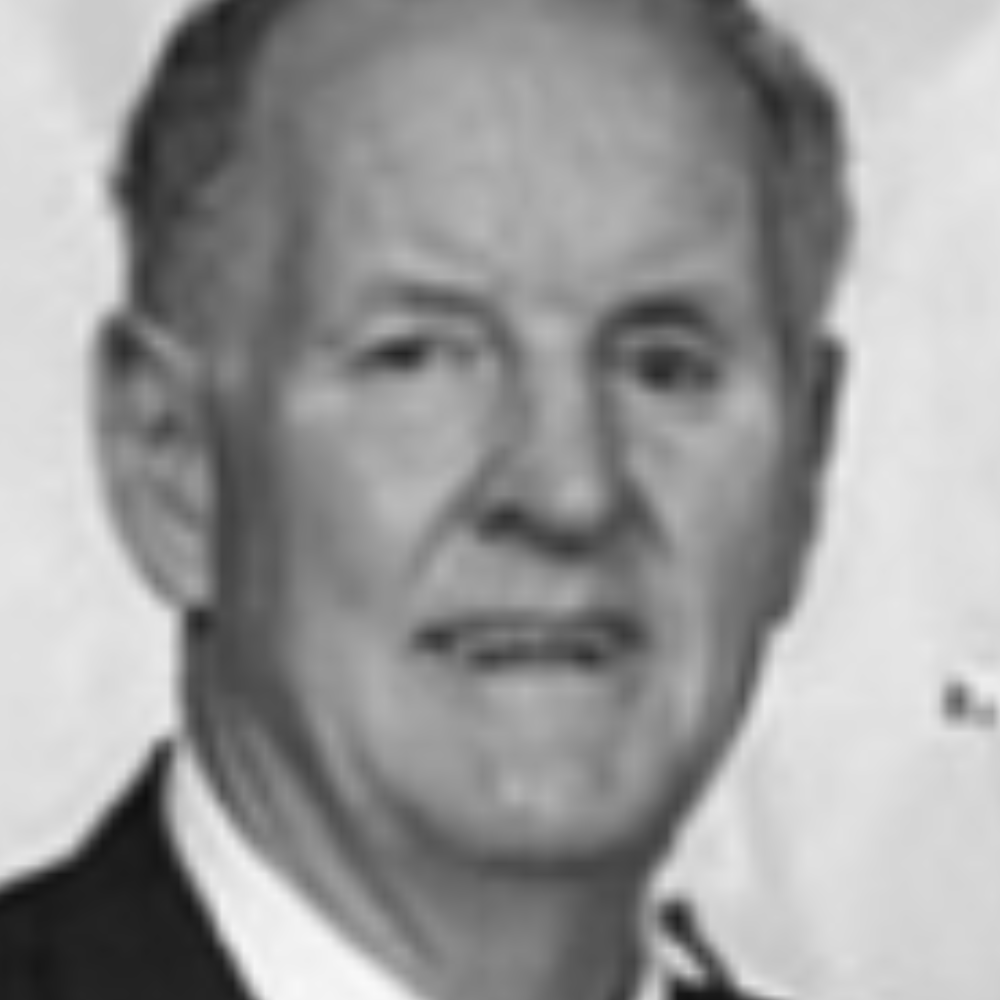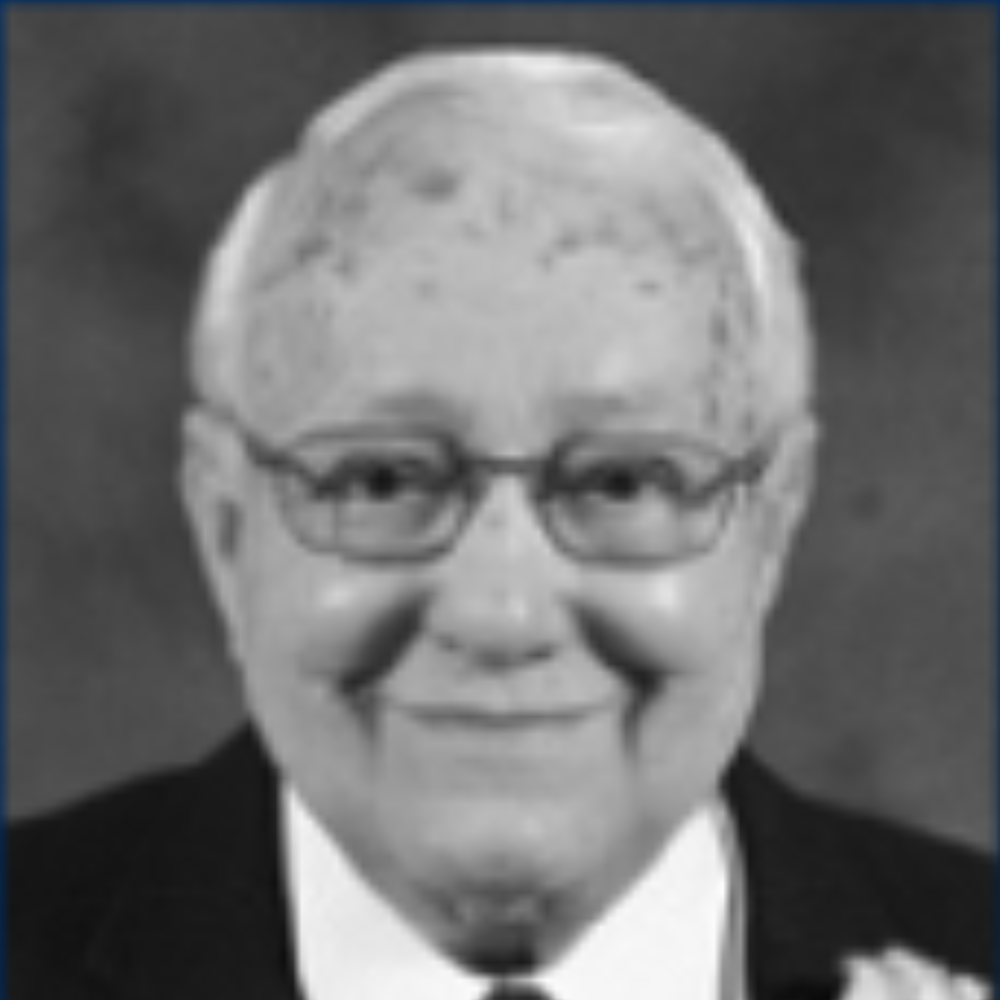Scott Mellanby
Scott Mellanby has beaten the odds in a number of ways, but none more dramatic than his 20–year career in the National Hockey League.
Among the thousands of Canadian youngsters aspiring to be NHL’ers, how do you figure that the son of the executive producer of Hockey Night in Canada would be one of “gifted ones” who succeeded in that goal. Not only did he make it, his 20-years of service is testimony to the respect that he has earned over those two decades.
Born in Montreal in 1966, when he was five years old his dad had introduced him to Jean Beliveau, Henri Richard, Guy LaFleur and others of the cast of super heroes that had made the Montreal Canadiens into the most successful franchise in the six-team NHL. By the time the Mellanby family moved to Etobicoke, Scott was of age to play house league hockey with Humber Valley. Like many a young lad, he wasn’t an instant hit; actually he was a late bloomer.
When asked about his memories of Montreal, Scott said that they were few in number, but that he cherished Guy LaFleur as his favourite player and that when he arrived in Toronto he was a Montreal Canadiens fan. This in spite of the fact that his dad was neutral because of his HNIC duties as Scott recalls that era.
His father has told us about Scott’s minor hockey days and the son details a similar version.
Scott says that his father was always a positive force in all of his endeavours. “He never found fault with any of my performances right from pee wee to the NHL. He always congratulated me on a game well played and did so even when I didn’t do very well in a professional game.”
Scott treasures his youthful days at Humber Valley School and Richview Collegiate where he attended even though he played Junior “B” for Henry Carr. But when he did gain his height and weight as a Don Mills Flyers Midget, he had really developed as a prospect almost overnight. His father, Ralph, credits the great coaching that he received at Don Mills and Henry Carr juniors for the finished product that he turned out to be.
Even then, he chose college at the University of Wisconsin over junior “A” hockey in Canada and was still drafted by the Philadelphia Flyers in the 1984 entry draft. Forsaking the Wisconsin Badgers after two years, where unfortunately he was stricken with “mono” and missed the NCAA finals in 1986, he turned professional the next year. He enjoyed a respectable rookie season while compiling 11 goals and 21 assists in 71 games.
Just prior to that, he had helped Canada to a Silver Medal at the World Juniors in Hamilton, Ontario with 5 goals and 4 assists in the 7–game series. In his five years with Philadelphia he recorded a balanced output of 83 goals and 114 assists. He then became an Edmonton Oiler in a 6–players swap with the Flyers in 1991. From there he was taken in the 1993 expansion draft by his old General Manager in Philly, Bobby Clarke who by then had the same job with the Florida Panthers.
This is where, now in his prime, he had his best years. He scored their first ever goal and then led them to the Stanley Cup final in 1996. He played his 1,000th game with the Panthers, was their Captain and chosen their Player of the Decade.
Traded to the St. Louis Blues in February of 2001, he recorded a tidy 57 points for the 2002–03 season and then after 2004 he signed as a free agent with the Atlanta Thrashers.
Becoming a Captain again with his new team, he played two more seasons and retired after 1431 games, 364 goals and 476 assists. Statistics don’t always tell the whole story, but in Scott’s case they do. Ten years constitutes a significant career, twenty years qualifies as an exceptional one.
Talent is one thing, good fortune is another; Scott met his wife Sue while at Madison playing for the Badgers and this turned out to be even better than being drafted by the Flyers. He relates how pleased he is that his daughter, Courtney, a high school senior is considering Wisconsin as her college of choice.
Scott and Sue are also parents to Carter 15, and Nicholas, 10 and this delightful family has come to grips with Carter’s autism in a positive way. With loving and constant care, Carter is a freshman at high school and although he can’t speak, he has learned to communicate with his iPod.
Often ability trumps character in athletes; when you have both qualities, you invariably become the team captain. It is fitting that Scott was so recognized by both the Florida Panthers and the Atlanta Thrashers. Similarly, players with long careers often wish to stay in the Game and usually begin an extensive study of every facet of coaching and management of personnel and strategic game plans. It is revealing that upon retirement, Scott worked for three years for the Vancouver Canucks as a special consultant to general manager, Mike Gillis and the hockey operations department.
When contemplating the vicissitudes of his NHL career, he made this observation to sum up the 20 years of constantly striving to win. “In four of the five franchises that I have played for, our teams made the final four of the Stanley Cup finals,” recalls the still combative Mellanby. “The feelings of achievement during those efforts to win it all are most satisfying even though we didn’t quite gain the ultimate prize,” this provides proof of a job well done for Scott.
He is currently increasing and applying his knowledge as an assistant coach with the St. Louis Blues. Scott has only ever played in one professional league and today finds the definitive adult education student still employed at what he loves best and knows best. Even though he left St. Louis for Atlanta at the end of his career, the family home stayed put because their roots were firmly entrenched there.
Scott finished the interview with these thoughts about his father’s career. He feels that Ralph should be inducted to the Hockey Hall of Fame for the simple reason that so many of the personalities that he hired and nurtured through the many improvements in hockey telecasting, have been recognized for their role and contributions. “Why not dad?” says the proud son.
There can be no more impressive a person than Scott; father, husband, professional athlete whose exploits and lengthy career only reinforce his worthiness to become a Member of the Etobicoke Sports Hall of Fame. He is a most welcome addition.

